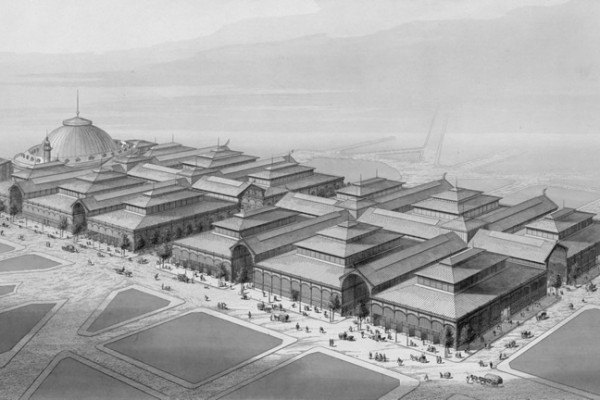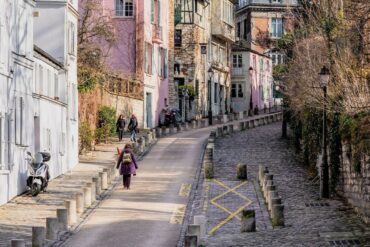The arrival and the exchange of merchandise had already been taking place on the Ile de la Cité for 1000 years when Louis VIII decided in 1137 to create a central market outside of the walls. He chose the setting of Champeaux, and he established it on the right bank of the river. The market began to grow very quickly.
In the 16th Century, it was covered by a gallery. However, during the era of the Mérovingiens, people continued to pile up the deceased in the cemetery for people with infectious diseases. The collapse of a holding wall led to an avalanche of corpses into a restaurant’s cellar, and the authorities decided to close this necropolis in 1786. The original flower market was initially small and dirty. It’s renovation commenced in 1851, under the supervision of Victor Baltard. This novel architect put up ten pavilions, and these included metal frames and glass coverings that optimised the flow of light and air.
Some years later, Emile Zola used Les Halles as the setting for his book entitled Le Ventre de Paris, which described a dive into a world that was swarming with life, at both day and night. However, in the era of the car, it became difficult to reach this site that was situated in the centre of Paris within a reasonable journey time. After this time, Les Halles was transferred to Rungis in 1959. The ‘Baltard’ pavilions, along with No. 8, escaped destruction in 1971. They were once again erected at Nogent-Sur-Mame, and today it welcomes various events.
Image source : http://fr.wikipedia.org/wiki/Halles_de_Paris






